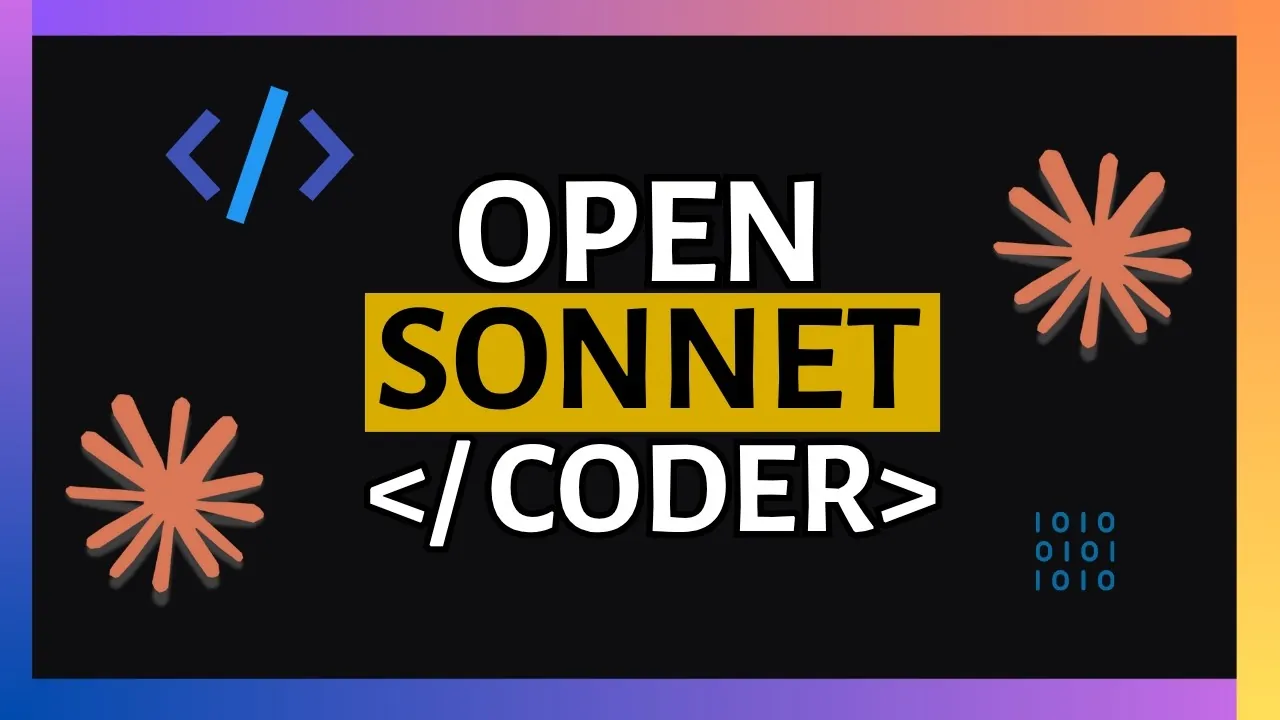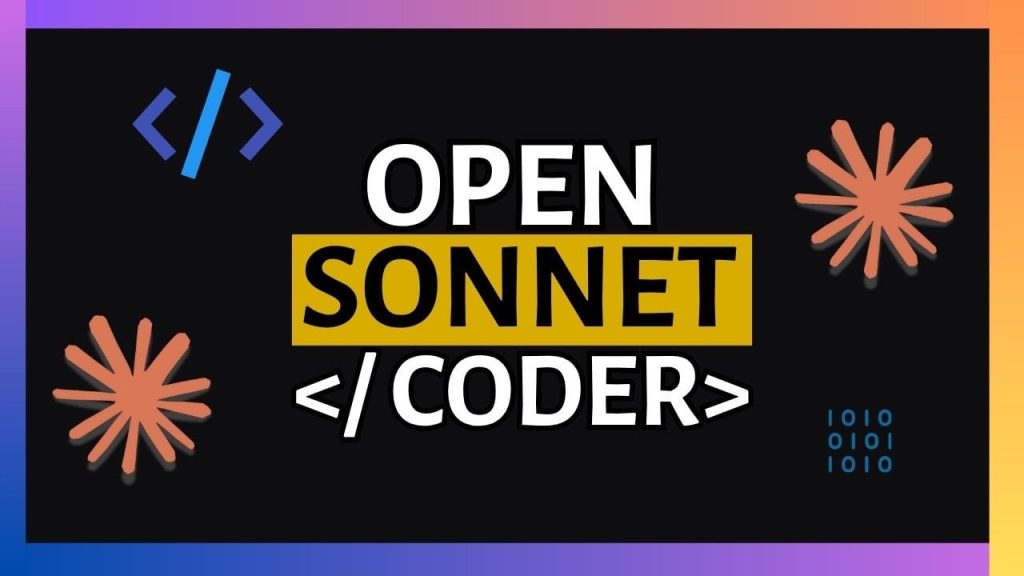
What if the future of coding wasn’t just about writing better code, but about rethinking how code is created altogether? The QWEN 3 Coder, a new open-weight AI model, promises to do just that. With its staggering 480 billion parameters and a token context window that scales up to 1 million, this model is designed to tackle coding challenges at a scale and precision that few others can match. Yet, as with any innovation, it doesn’t come without its complexities. While the QWEN 3 Coder excels in practical applications like UI design and automation, it grapples with reasoning-heavy tasks, raising questions about the balance between capability and specialization in AI-driven coding tools.
This guide by Prompt Engineering provides more insights into the capabilities, challenges, and future potential of the QWEN 3 Coder, offering an in-depth exploration of what makes it both a powerful asset and a work in progress. From its advanced training methodologies to its open source accessibility, readers will uncover how this model is reshaping the coding landscape while also confronting key limitations like benchmark reproducibility and reasoning inefficiencies. Whether you’re a developer seeking to streamline workflows or a researcher curious about the next frontier in AI, the QWEN 3 Coder offers a fascinating glimpse into the evolving relationship between humans and intelligent coding agents.
QWEN 3 Coder Overview
TL;DR Key Takeaways :
The QWEN 3 Coder is an open-weight AI model with 480 billion parameters, designed for advanced coding tasks, including agentic coding and browser integration.
It features a token context window scaling up to 1 million tokens and is trained on 7.5 trillion tokens, 70% of which are code-based, making it highly effective for coding applications.
While excelling in practical coding tasks like UI design and automation, the model struggles with complex reasoning and abstract problem-solving tasks.
Developed with advanced training methodologies, including reinforcement learning and integration with the Gemini CLI framework, it is optimized for scalability and efficiency.
As an open source model available on platforms like Hugging Face, it fosters community collaboration, though challenges like benchmark reproducibility and reasoning limitations remain areas for improvement.
Model Specifications
The QWEN 3 Coder is engineered with scalability and high performance in mind, incorporating advanced specifications that set it apart in the field of AI-driven coding. Key features include:
Parameter Count: The model features 480 billion parameters, with 35 billion actively used during runtime, making sure efficient processing of complex tasks.
Token Context Window: Starting at 256 tokens and scaling up to an impressive 1 million tokens, it can handle extensive coding tasks with ease.
Training Data: Trained on 7.5 trillion tokens, 70% of which are code-based, providing a strong foundation for coding-related applications.
Optimization: Specifically designed for agentic coding, browser integration, and external tool usage, enhancing its versatility.
These specifications enable the QWEN 3 Coder to manage intricate, multi-turn tasks and create user interfaces (UIs) with precision. Its scalability and adaptability make it a powerful tool for a wide range of coding applications, from front-end development to automation.
Performance Highlights
The QWEN 3 Coder demonstrates competitive performance on benchmarks such as SweepBench Verified, showcasing capabilities comparable to those of Claude Sonnet 4. Its strengths are particularly evident in practical coding tasks, including:
Designing and implementing front-end interfaces.
Creating dynamic animations for web and app development.
Generating single-chart visualizations for data representation.
For instance, developers automating repetitive coding tasks or designing UIs can rely on the model for efficient and accurate results. However, its performance diminishes in tasks requiring intricate reasoning, such as solving abstract problems or navigating complex mazes without external tools. This limitation underscores the model’s focus on practical applications rather than abstract problem-solving.
New QWEN 3 Coder : Did the Benchmark Lie?
Here are more detailed guides and articles that you may find helpful on AI coding.
Training and Development
The advanced training methodologies employed in the development of the QWEN 3 Coder are central to its capabilities. These include:
Pre-Training: The model relies heavily on synthetic data to establish a strong initial learning base, enhancing its ability to handle diverse coding tasks.
Post-Training: Reinforcement learning techniques are used to refine its capabilities, making sure improved performance over time.
Infrastructure: Training is conducted on 20,000 parallel environments hosted on Alibaba Cloud, providing scalability and efficiency.
Framework: Built on the Gemini CLI framework, the model integrates seamlessly into Quinn Code and Cloud Code ecosystems, enhancing its usability.
These training and development strategies ensure that the QWEN 3 Coder is both adaptable and efficient, catering to the diverse needs of developers and researchers. Its ability to integrate with existing ecosystems further enhances its appeal as a versatile coding tool.
Community and Open source Contributions
As an open source model, the QWEN 3 Coder is accessible on platforms such as Hugging Face and Open Router, fostering collaboration and innovation within the AI community. Its open availability encourages developers and researchers to contribute to its growth and refinement. Notable features include:
Support for seamless integration with other coding agents and tools, expanding its functionality.
Customizable features that allow users to tailor the model to their specific requirements.
Ongoing community efforts to verify benchmark performance claims, making sure transparency and reliability.
This collaborative approach not only strengthens the model’s utility but also promotes its adoption across various coding environments. By encouraging open source contributions, the QWEN 3 Coder benefits from continuous improvement and innovation.
Observations and Trends
The QWEN 3 Coder excels in short-duration reasoning tasks, such as generating concise code snippets or resolving straightforward queries. In these scenarios, it often exceeds expectations, delivering results with speed and accuracy. However, its performance declines during prolonged reasoning tasks, particularly those requiring abstract problem-solving or extended logical deductions.
This focus on practical coding applications over abstract reasoning reflects broader trends in AI development, where utility and real-world applicability are prioritized. As developers increasingly seek tools that can address immediate, tangible challenges, models like the QWEN 3 Coder are well-positioned to meet these demands.
Limitations and Challenges
Despite its many strengths, the QWEN 3 Coder is not without its limitations. Key challenges include:
Benchmark Reproducibility: Discrepancies in RKGI scores have raised concerns about the model’s consistency, particularly in standardized evaluations.
Reasoning Challenges: The model struggles with complex reasoning tasks, especially those requiring abstract problem-solving or extended logical analysis.
These limitations highlight the need for further optimization and refinement. While the QWEN 3 Coder is a powerful tool for specific applications, it is not yet a comprehensive solution for all coding-related tasks. Addressing these challenges will be crucial for its continued development and adoption.
Future Potential and Applications
The QWEN 3 Coder stands as a robust and versatile coding model, offering significant potential for practical applications such as code generation, UI creation, and agentic tasks. Its advanced training techniques and open source availability make it a valuable resource for developers and researchers.
As the AI community continues to refine and explore this model, it is poised to play a pivotal role in shaping the future of coding and artificial intelligence. By addressing its current limitations and building on its strengths, the QWEN 3 Coder has the potential to become an indispensable tool in the evolving landscape of AI-driven development.
Media Credit: Prompt Engineering
Filed Under: AI, Technology News, Top News
Latest Geeky Gadgets Deals
Disclosure: Some of our articles include affiliate links. If you buy something through one of these links, Geeky Gadgets may earn an affiliate commission. Learn about our Disclosure Policy.

